Dogs bring happiness and affection into our lives, but sometimes mishaps occur, and you could end up with a dog’s nail scrape. While most scratches are minor and heal without complications, it’s essential to understand the risks and take appropriate precautions. In this blog, we will explore what happens if a dog’s nail scratches you, potential health concerns, and the necessary steps to prevent infection and promote healing.
Understanding the Risks

- Bacterial Infections: Dog nails can harbour bacteria, and when a scratch occurs, these bacteria may enter your skin, potentially leading to infection. The germs Pasteurella multocida and Staphylococcus aureus are frequently found in dog scratches.
- Skin irritation and allergic reactions can result from scratches, which can also cause swelling, redness, and skin irritation. Dog dander or the germs found on the dog’s nails may occasionally cause allergic reactions in people, aggravating the skin’s sensitivity.
- Zoonotic Diseases: While rare, some zoonotic diseases can be transmitted through dog scratches. Examples include Cat Scratch Disease (CSD), caused by the Bartonella henselae bacteria, and Tetanus, caused by the Clostridium tetani bacteria.
Immediate Steps to Take

If a dog’s nail grazes you, do the following actions right once to reduce the risk of infection and encourage healing:
- Clean the Wound: Scratches should be cleaned by rinsing them in warm water and mild soap to get rid of any debris or germs that may be on the skin’s surface. Avoid using harsh chemicals or alcohol, as they can further irritate the wound.
- Apply Antiseptic: To lessen the risk of infection, after washing the wound, apply an antiseptic solution, such as hydrogen peroxide or povidone-iodine. Apply a clean, sterile cloth to the area and pat it dry.
- Monitor for Signs of Infection: Watch out for indications of infection including increasing redness, swelling, warmth, pus, or fever at the site of the scratch. If any concerning symptoms develop, seek medical attention promptly.
When to Seek Medical Attention

While most dog nail scratches heal without complications, certain situations warrant medical attention. Contact a healthcare professional if:
- Deep or Puncture Wounds: If the scratch is deep, has punctured the skin, or appears to be gaping, it may require stitches or additional medical treatment to promote proper healing and prevent infection.
- Persistent Symptoms: If the scratch shows no signs of improvement after a few days or if symptoms worsen, such as increasing redness, swelling, or pain, a medical evaluation is necessary.
- Known Medical disorders: To lower the risk of problems, those with impaired immune systems, diabetes, or other underlying medical disorders should seek medical care right once.
Check out this video on what happens if dog nail scratches you? Take the doctors guide here:
Conclusion
It’s crucial to respond quickly after being scratched by a dog’s nail to reduce the danger of infection and encourage recovery. You may assure good wound care and lower the likelihood of problems by following the instructions provided in this blog and getting medical help when required. To avoid dog bites and keep a cordial connection with our canine friends, always be cautious and educate yourself on dog safety.
Also Read: How to Give Deworming Tablet to Your Dog





























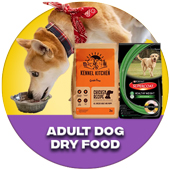

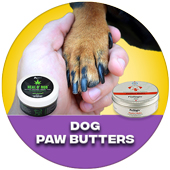

















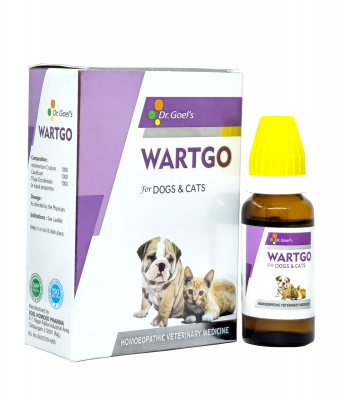





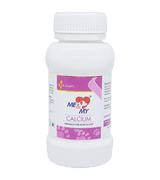





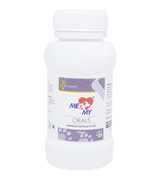


































































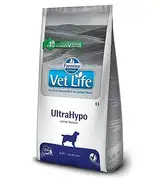

























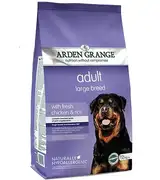




















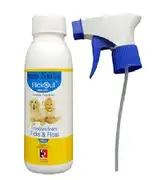





































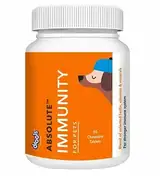









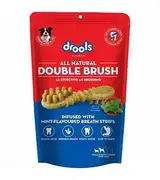




















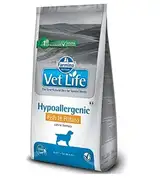










































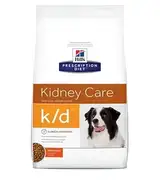





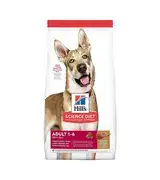



















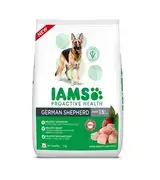
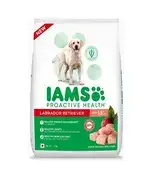









































































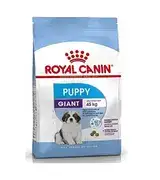






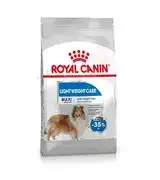






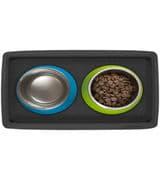



























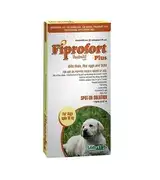
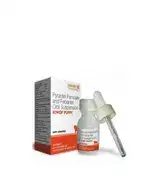






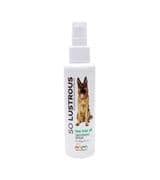


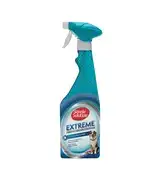




















































































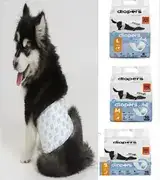































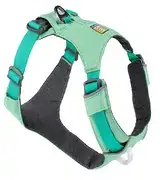






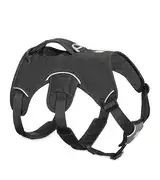






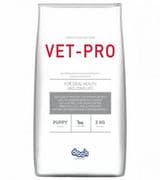







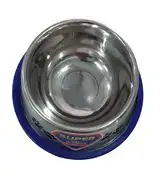



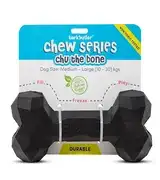






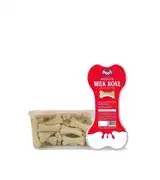









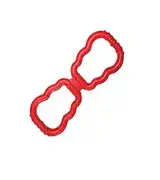





















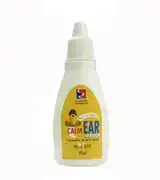












































































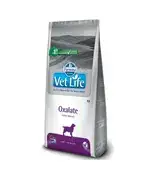















































































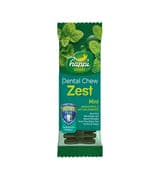



























































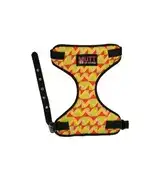













































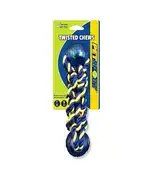


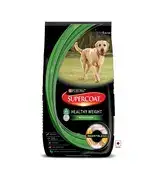









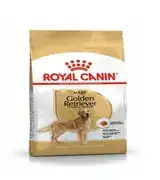



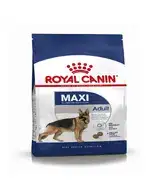




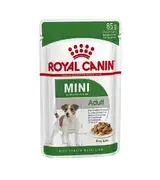





































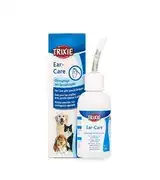












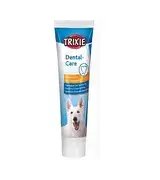








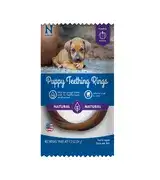









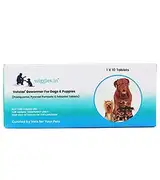





























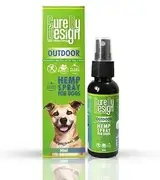
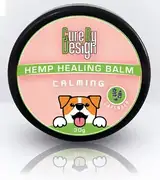









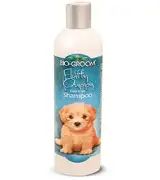















































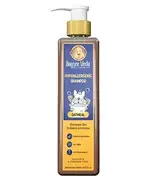



















































 20th May 2022
20th May 2022
 7th May 2022
7th May 2022
 25th Sep 2022
25th Sep 2022
 2nd Nov 2022
2nd Nov 2022
 28th Jul 2022
28th Jul 2022
 18th Nov 2022
18th Nov 2022
 1st Dec 2023
1st Dec 2023
 7th Aug 2022
7th Aug 2022
 6th Feb 2023
6th Feb 2023
 12th Dec 2023
12th Dec 2023
 19th Feb 2022
19th Feb 2022
 3rd Oct 2023
3rd Oct 2023
 29th Nov 2022
29th Nov 2022
 2nd Nov 2021
2nd Nov 2021
 26th Jan 2022
26th Jan 2022